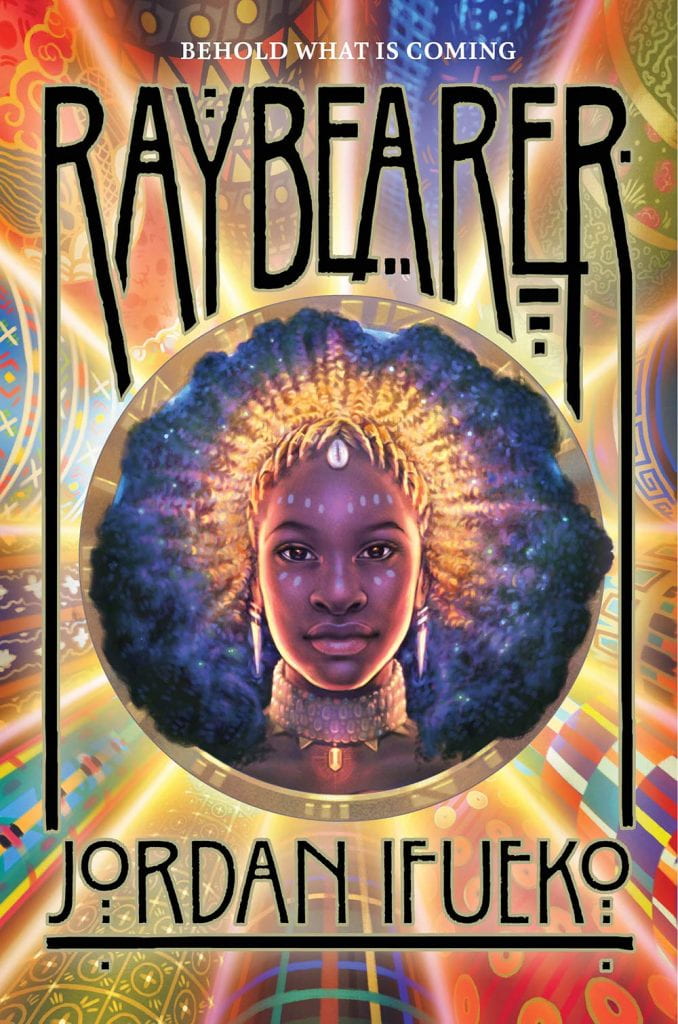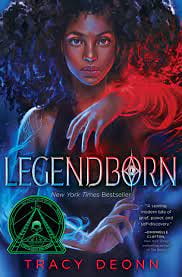
Half human and half star, Sheetal has struggled to live as a mortal. With human friends, family, and boyfriend, it is difficult for her to hide her nature and abilities, for fear of what would happen should she be discovered. Her only connection the the magical world, her mother, abandoned her and her father both, to return to her own. But when Sheetal’s powers start to become more than she knows how to control, and they hurt her father beyond what her blood can heal, she must go to her mother for aid. In the celestial court, she’s made to enter a competition as champion of her mother’s family, in exchange for drop of blood from a true star.
Thakkar’s prose is vivid and elegant, with fully fleshed out descriptions of the setting and dress of the characters. While it can’t be said that there’s anything groundbreaking about it, a rather cookie cutter YA contemporary fantasy, it still stands out from the crowd. Characterization takes a backseat for worldbuilding and culture, but one would only notice if they were looking. The stereotypical heroine, best friend, and contentious boyfriend are what gives the lofty universe grounding, and a plot.
This book would be best for the younger YA demographic, as older teens may not have the patience for some of the character’s personalities. Late middle school to early high school is when books with clear missions and heroes that they can find both aspirational and relatable have the most appeal. Magical temptations and the attachment to normalcy keep the tension at a manageable level, without making the stakes any higher than they need to be. There is no world-ending catastrophe on the way in a character-driven story like this, where that mismatch can be found to be pervasive elsewhere.
The only drawback is the bland dialogue, which exacerbates the character’s ‘tropeacity’, but the prose and introspection make up for it. The contradiction between setting and dialogue is a symptom of contemporary fantasy, and it is admittedly difficult to walk that line. That alone should not discourage anyone from picking this up as a light, but moving read.



